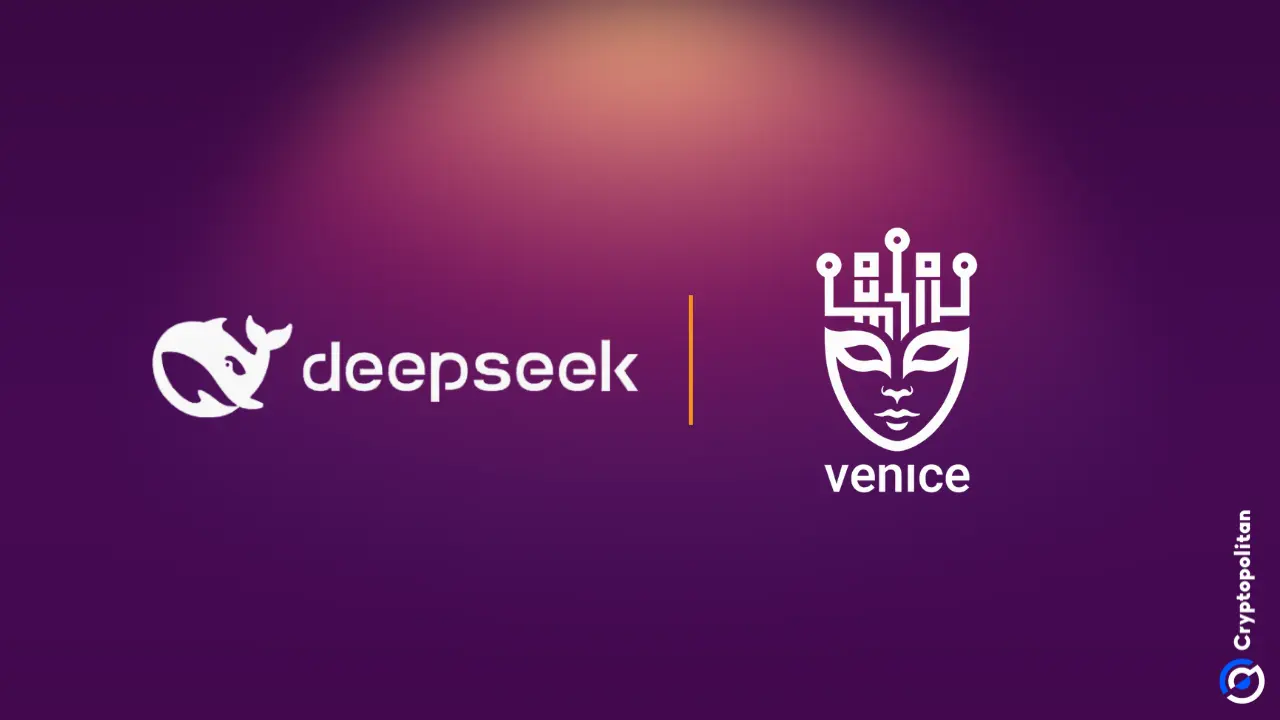In a world where Large Language Models (LLMs) have evolved from obscure technologies to digital confidants, creators, and even slaves in our everyday lives, the realm of AI text tools has reached unprecedented heights in 2023. The spotlight is on the most powerful and versatile LLMs, shaping the narrative of AI’s influence on our digital interactions and experiences.
The AI Text Tools landscape has undergone a transformative shift, and the most influential players are now taking center stage. GPT-4.5 Turbo, the brainchild of OpenAI and Microsoft, has set a new standard for language understanding and generation, impacting daily digital tasks through its integration into platforms like Copilot. This closed-source powerhouse leads the charge in the corporate accelerationist movement.
GPT (OpenAI and Microsoft) – The benchmark setter
GPT, an acronym for Generative Pre-trained Transformer, has evolved from GPT-3.5 to the robust GPT-4.5 Turbo. Its unparalleled performance on synthetic benchmarks makes it the market leader. Yet, concerns loom over heavy censorship, impacting its creative potential. Microsoft’s Copilot, a free version, offers a glimpse into the future of AI-assisted coding, showcasing versatility and power.
Claude (Anthropic) – A constitutional AI approach
Developed by ex-OpenAI staff, Claude adopts a “Constitutional AI” framework, minimizing human intervention while adhering to predefined rules. With the ability to process over 200K tokens of context, Claude stands out for its extended understanding of complex conversations. While trailing GPT-4 in accuracy, its creative writing style offers a fresh perspective, despite occasional hallucinations.
Gemini (Google) – A multimodal marvel
Gemini, Google’s latest venture into the LLM arena, excels with its multimodal capabilities. Natively trained to understand and produce both text and visual inputs, Gemini promises a more integrated user experience. Despite limited accessibility, Gemini’s potential to redefine Google’s ecosystem positions it as a top contender in the AI landscape.
As the corporate giants flex their AI muscles, the open-source community boasts its own arsenal of powerful LLMs, each catering to diverse needs across various applications.
LLaMA-2 (Meta) – A versatile open-source model
Developed by Meta, LLaMA-2’s versatility shines through its range of parameters, from 7Bn to a hefty 70Bn. Popular among developers for fine-tuning, LLaMA-2, though more censored than its predecessor, provides improved, reliable outputs for specific tasks.
Mixtral 8X7B (Mistral AI) – Balancing quality and efficiency
Mistral AI’s Mixtral 8X7B employs a ‘Mixture of Experts’ training approach, enhancing efficiency without requiring powerful hardware. More powerful than Mistral 7b, this model strikes a balance between quality and efficiency, gaining traction in the open-source LLM community.
Falcon 180B (Technology Innovation Institute) – Monumental stride in open-source LLMs
Falcon 180B, boasting 180 billion parameters, marks a monumental stride in open-source LLMs. While not consumer-grade, its prowess in handling instructions and engaging in coding tasks positions it as a formidable tool for those with the necessary hardware.
In the realm of professional applications, LLMs like Bloom and Mistral 7B lead the way, catering to linguistic diversity and outperforming larger models in specific tasks.
Bloom (BigScience) – A linguistic colossus
Bloom, with 176 billion parameters, emerges as a beacon of linguistic diversity. Trained across 46 natural languages and 13 programming languages, Bloom stands out as a champion of the open-source movement, seamlessly integrating with the Hugging Face ecosystem for accessibility.
Mistral 7B (Mistral AI) – Versatile performance for professionals
Mistral 7B, with 7.3 billion parameters, outperforms larger models in various benchmarks. Its versatility makes it a popular choice for developers, adaptable to tasks ranging from business chatbots to document analyzers.
In the pursuit of fun and entertainment, open-source LLMs like Nous Hermes 2 – Yi-34B, Dolphin, and WizardLM showcase the diverse capabilities of AI in engaging and imaginative interactions.
Nous Hermes 2 – Yi-34B (Nous Research) – Comprehensive and conversational
Nous Hermes 2 – Yi-34B, trained on 1,000,000 entries predominantly generated by GPT-4, stands out for its comprehensive approach and exceptional conversational abilities. While setup might be challenging, the results are rewarding, making it great for learning and engaging conversations.
Dolphin (Cognitive Computations) – The multifaceted conversationalist
Dolphin, fine-tuned with the Mixtral architecture, ventures into the realm of NSFW entertainment. Beyond its playful nature, Dolphin’s coding adeptness and conversational capabilities make it a multifaceted tool for various applications.
WizardLM (OperatorX) – The enchanting sorcerer
WizardLM, OperatorX’s chosen LLM for NSFW roleplay, weaves magic across various topics with consistency. Known for its 13B model, WizardLM is a versatile companion, excelling in engaging, playful, and occasionally risqué dialogues.
The future with AI text tools
In the ever-evolving landscape of AI Text Tools, 2023 has witnessed the rise of powerful closed-source models and the flourishing diversity of open-source alternatives. As we navigate the realms of professional tasks, entertainment, and imaginative play, the question that lingers is, which LLM will shape the future of our digital interactions? What unique experiences and capabilities will these AI text tools unfold in the coming years? The journey continues, with the promise of innovation and surprises in the vast world of artificial intelligence.





